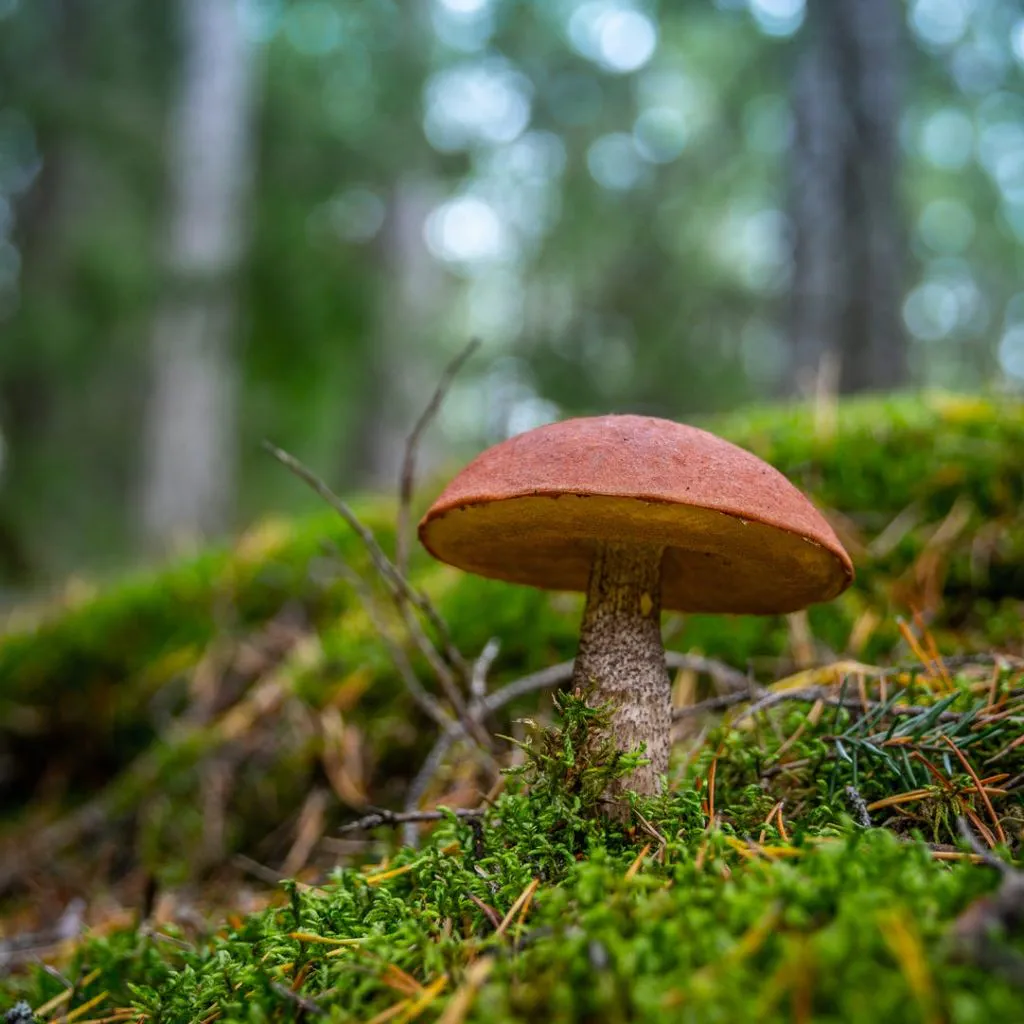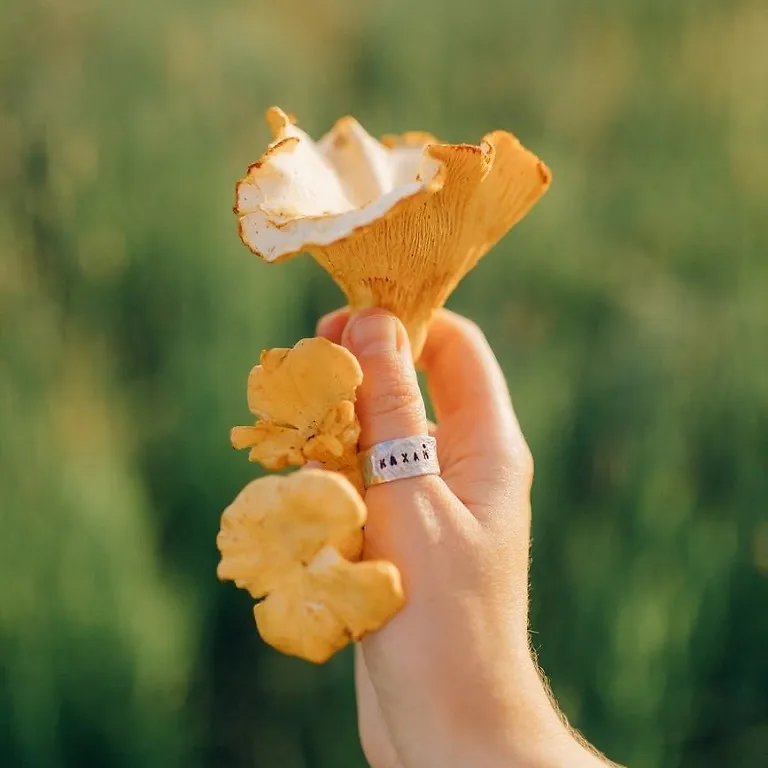Introducing
the
Mushroom Series
Released Spring 2021.
Fungus Among Us
Most people, when they think of mushrooms, think of the button mushroom, crimini or portabello (all three are the same species at different ages, Agaricus bisporus) commonly found in your grocery store. Maybe the more adventurous have seen the shiitake, oyster, or enoki hiding out in plain sight in the grocery.
Perhaps you’ve wandered through a Farmer’s Market to find foraged varieties; the Chanterelles, Morels, and Boletes may be familiar.
In the beginning of David Arora’s (hefty) field book, Mushrooms Demystified – a main source of the info on the following pages (as well as Wikipedia) – he says,
“Mushrooms can be every bit as beautiful as birds, butterflies, shells, and flowers, yet we never think to describe them in such flattering terms.”
David Arora
Fungophiles (those who loves mushrooms), mushroom hunters and foragers, naturalists and restoration specialists have come to know the beauty of mushrooms, their important ecological roles, and the sheer diversity of species out there.
Paul Stamets, another mycologist and author of many books (try Mycelium Running: How Mushrooms Can Save the World), helped popularize the use of mushrooms in remediation (mycoremediation) – restoring abused land to its former glory by breaking down toxic chemicals and pollutants into safer forms. He was the inspiration for the astromycologist character in Star Trek: Discovery, Lieutenant Commander Paul Stamets.
There are many, many types of mushrooms out there in the world. Some are bizarre and alien looking – with common names like “Dead Man’s Fingers”, “Devil’s Tooth“, and “Devil’s Fingers” – others are more familiar. Some grow on dead trees and other organic matter (saprophytic), others grow on living trees (parasitic), and still others are mycorrhizal, forming a symbiotic (mutually beneficial) relationship with the roots of trees and creating a sort of marketplace where the fungus trades nitrogen and other nutrients for carbon from the plant. It has been noted that trees without this relationship fare poorly compared to those with a mycorrhizal partner.
I’ve selected a few of my favourite mushroom species below to translate into a new jewellery series. Other well known favourites, like Chaga, Truffles, Lion’s Mane, etc, I decided not to do, as the details would not translate well in my medium of choice.
Please note that the information gathered on this website is for general purposes only, and not intended to educate in identification, especially for eating. There are many similarities between species, some of which can be poisonous. Find a local mycological society or club, and learn from other locals how best to identify, harvest, and respect the species in your area.
Species in the Mushroom Series:
See the species used in the mushroom series – and follow the links to the write ups about each species – below.
Amanita muscaria
Fly Agaric

Boletus edulus
King Bolete

Chanterelle

Psilocybin cubensis
Magic Mushrooms

Morchella esculenta
Morel

Pleurotus ostreatus
Oyster

Useful Links:
*These links include affiliate links, for which I may receive a small amount at no extra cost to you.
- Mushrooms Demystified – David Arora (A hefty, not that portable, extensive mushroom identification book)
- All That the Rain Promises and More – David Arora (A lighter, more portable basic mushroom identification book)
- Mycelium Running: How Mushrooms Can Help Save the World – Paul Stamets (An interesting read on the potential role of mushrooms in remediation)


